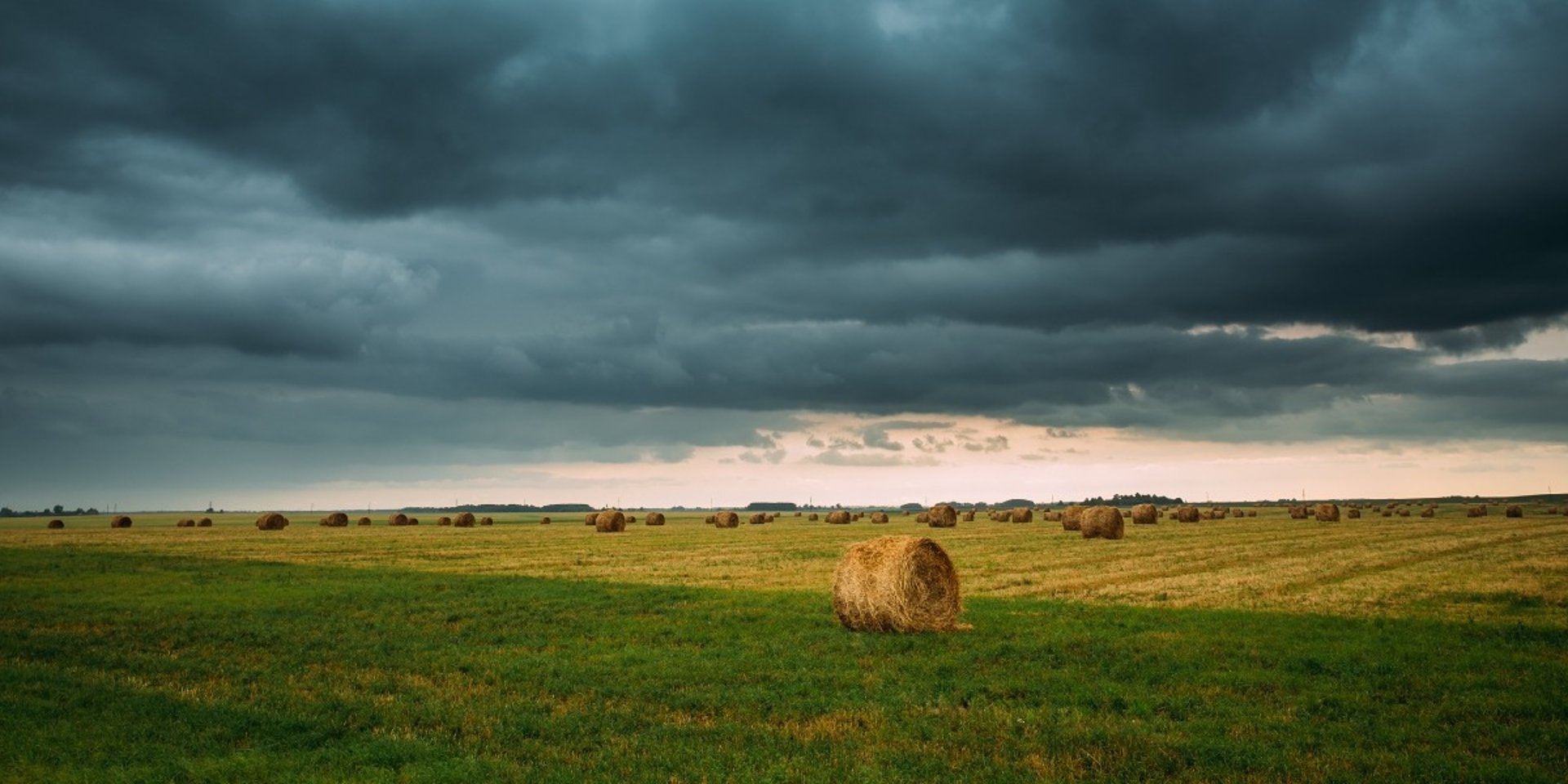
How Can Farming Survive When the Rain Won’t Come - or Won’t Stop?
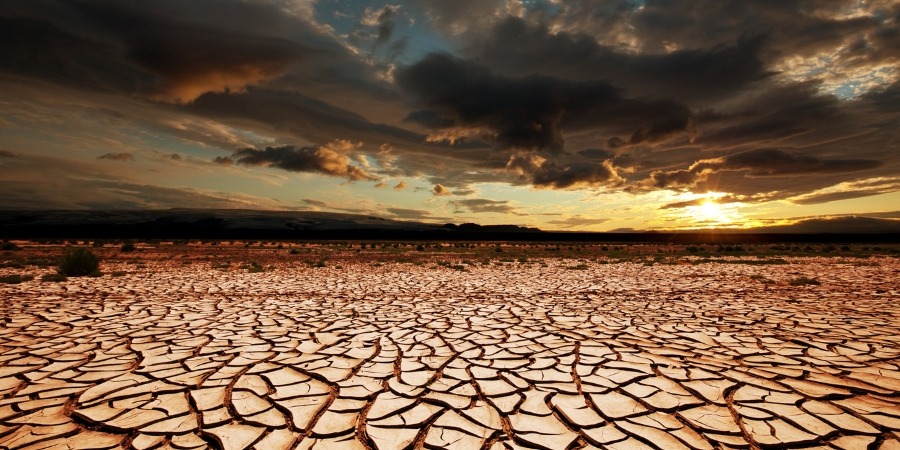

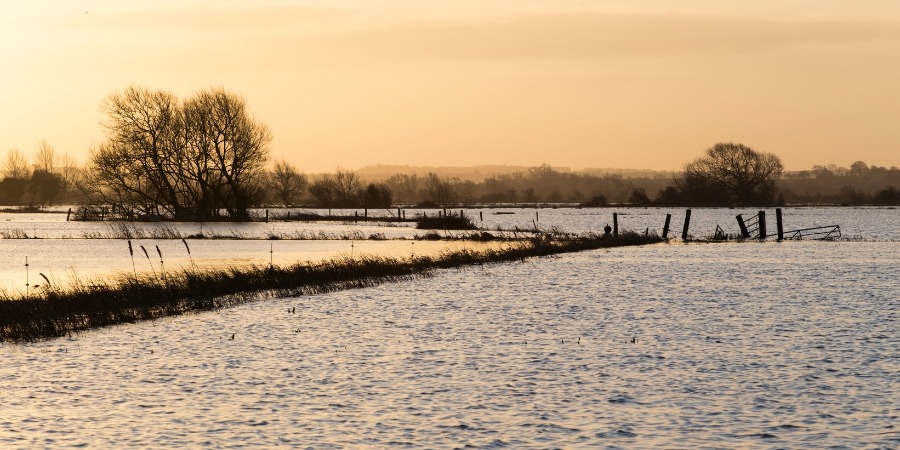

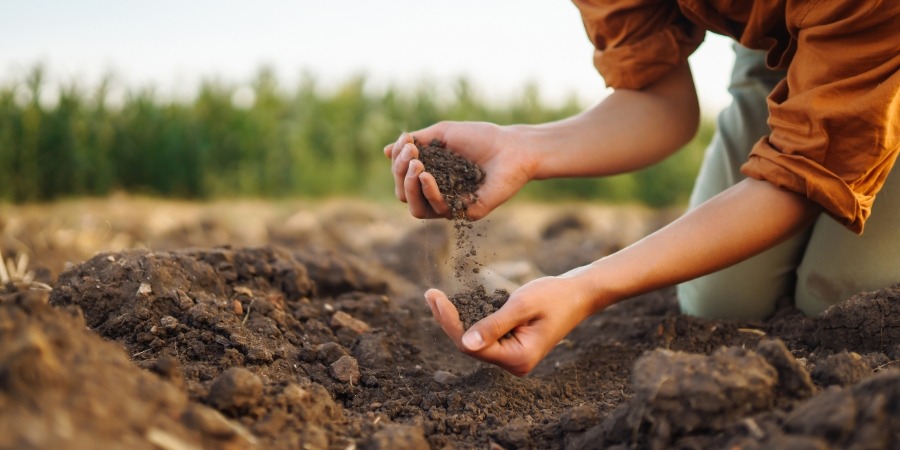

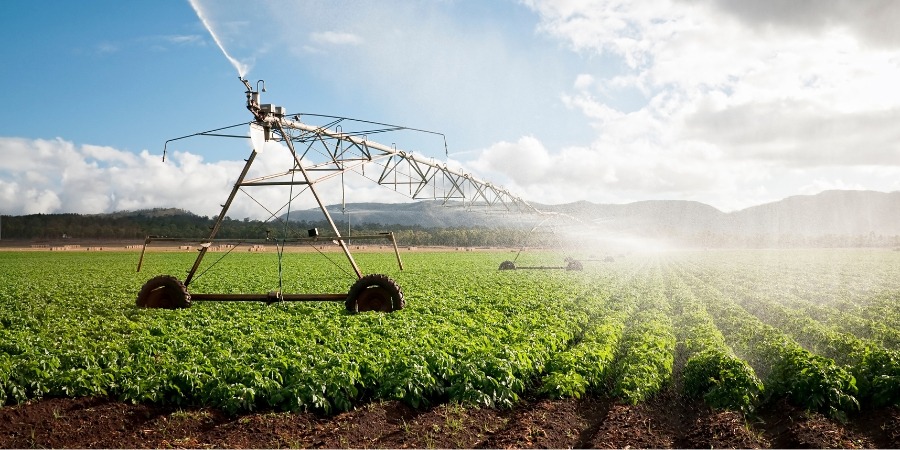

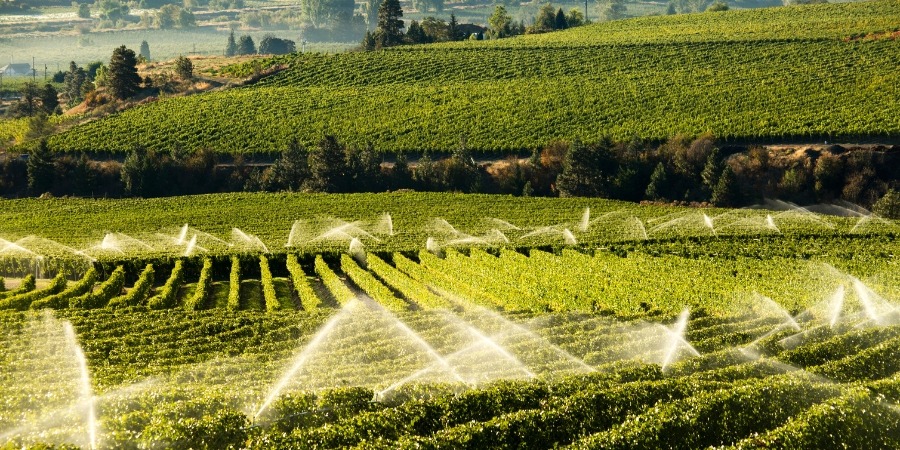

Part 2 of Huntley Sustainability's Agriculture and Sustainability series.
Climate change is rewriting the rules of the water cycle. Rising global temperatures intensify evaporation and atmospheric moisture, leading to both longer, deeper droughts and heavier downpours . For farmers, this means facing soils that thirst and fields that drown - sometimes in the same season. But what’s the real impact, and how can farming systems adapt?
Drought: deeper, hotter, longer
Regions from southern Europe and east Africa to California are experiencing more intense and frequent droughts. The IPCC confirms that since the 1950s droughts have worsened in Mediterranean and African areas . Drier soils and depleted aquifers undermine root growth, reduce soil fertility, and force farmers into unsustainable over-extraction of groundwater.
In southern Spain, expanding avocado and mango plantations in the Axarquía region consumed so much water that groundwater dropped to seawater level, threatening long-term agricultural viability. The region has endured reservoir collapse and a socioeconomic crisis - a sterling example of climate-triggered drought aggravated by intensive water use.
Flooding: when too much water kills the crop
As the climate warms, many regions are experiencing more intense and frequent bursts of rainfall. This can lead to pluvial flooding - when rain overwhelms the land faster than it can drain or be absorbed. Rather than nourishing crops, heavy downpours saturate or run off compacted soils, eroding topsoil, washing out seeds, and leaching nutrients. The IPCC notes that much of Europe and Asia has already seen an uptick in such events, with farmers losing critical planting and harvesting days as fields become waterlogged.
In extreme cases, the impact is devastating. During Pakistan’s 2022 floods, around a third of the country’s farmland was submerged, causing widespread crop failure and long-term soil damage. Across Europe, persistent rainfall is already reducing workable field days and increasing the risk of fertiliser runoff. Soils that lack structure and organic matter can’t hold water effectively - turning rainfall from resource into risk.
Soil degradation: the hidden multiplier
Meanwhile, in the UK and EU, over 60 % of farmland now has degraded soils lacking structure or organic matter . These soils neither hold water in drought nor absorb it during downpours. The vicious result: fragile soils amplify both extremes and drive losses in nutrients, carbon and biodiversity - worsening climate change impacts.
Depleted soils not only lose water but emit greenhouse gasses as organic matter breaks down - further amplifying warming. Their reduced capacity to support planting and manage water cycles undermines adaptation efforts.
Before you read on, what is agronomy?
Agronomy is the science and practice of growing plants for food, fuel, fibre and land restoration. It brings together elements of:
Soil science - understanding soil health, nutrients, and structure
Plant biology - how crops grow and respond to conditions
Climatology - how weather and climate affect farming
Pest and disease management
Farm systems and crop planning
How farmers are adapting - engineering and agronomy combined
Farmers are responding with pragmatic action:
Smart water management: drip and pulse irrigation systems reduce water use by delivering moisture directly to roots. In California, such systems have eased pressure on aquifers.
On-farm water storage: creating reservoirs and rebuilding check dams buffer against short-term shortages and absorb excess rainfall.
Crop management: rotating with drought- and flood-tolerant crops, shifting planting dates, and adopting heat-resilient varieties.
Policy support: governments and NGOs offer crop insurance, water pricing reforms, training and advisory services - but coverage remains inconsistent.
These tactics help - but underlying soil health largely determines success in the long term.
"Regenerative practices rebuild soils so they behave like sponges, cushioning against climate extremes"
Soil as the frontline defence: regenerative farming’s role
Healthy soil is farming’s first line of defence. Regenerative practices rebuild soils so they behave like sponges, cushioning against climate extremes:
Richer soil organic matter stores vast quantities of water. Adding just 1 % organic matter can hold an extra 75,000 litres per acre during dry spells.
Cover crops and agroforestry trap rain and reduce erosion, preventing nutrient loss during floods.
No‑till and residue retention preserve soil structure, keeping pores healthy for infiltration and drainage.
Mixed cropping and grazing systems build subterranean pore networks that regulate water movement naturally.
These practices reconnect water, nutrient cycles and carbon storage - meaning water resilience and emissions reduction are tightly interlinked.
Technical deep‑dive: what do the models say?
The IPCC’s AR6 confirms humanity’s fingerprint on the water cycle: more extreme wet and dry events across the globe. While conservation agriculture boosts drought resilience and flood buffering, its benefits decline sharply beyond 2 °C warming.
In the Iberian Peninsula, models under RCP8.5 indicate significantly longer, more frequent droughts and increased soil drying across seasons. A UK study showed that well-structured soils could hold tens of thousands of cubic metres more water over a week compared to degraded soils.
Concluding thoughts
Farming cannot merely react to climate extremes - it must anticipate them. Engineering and better crop management are crucial, but the true resilience lies underground. Regenerative agriculture provides the tools to rebuild soil health, support nutrient cycles, store carbon and stabilise water.
To really scale these benefits, we need coherent policy that rewards soil as the crop. That means restructuring subsidies, bolstering support for training and monitoring, and aligning climate finance with farm-level ecosystem outcomes.
Next in the series: the start of a mini sub-series on Feed-crops and global supply chains, where we explore the climate impact of animal feed crops, focusing on cover crops, soy supply chains, and the critical role of finance in driving more sustainable agriculture. Let me know if you'd like additional regional examples, graphics or data visualisations.

Get in touch
Share with visitors how they can contact you and encourage them to ask any questions they may have.


